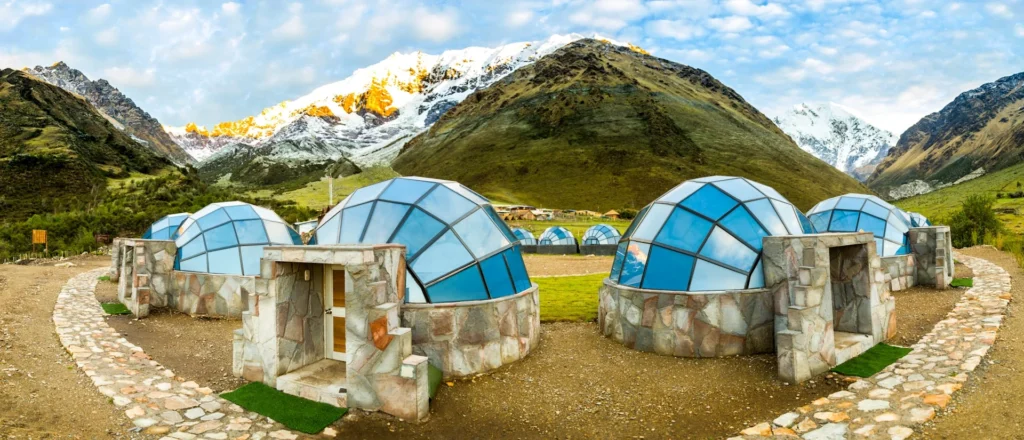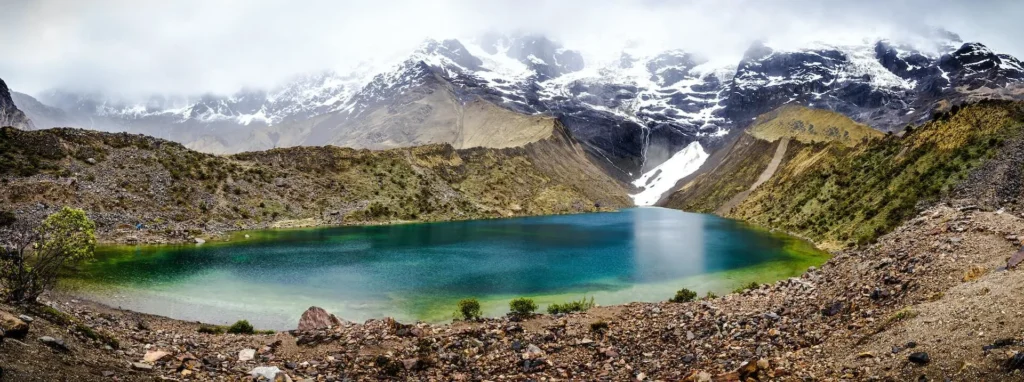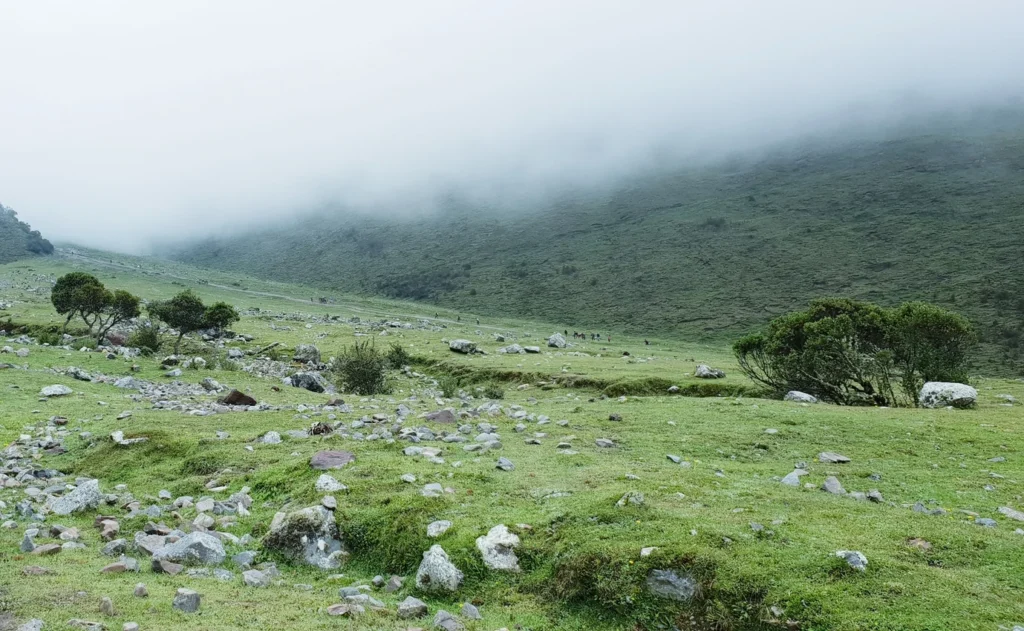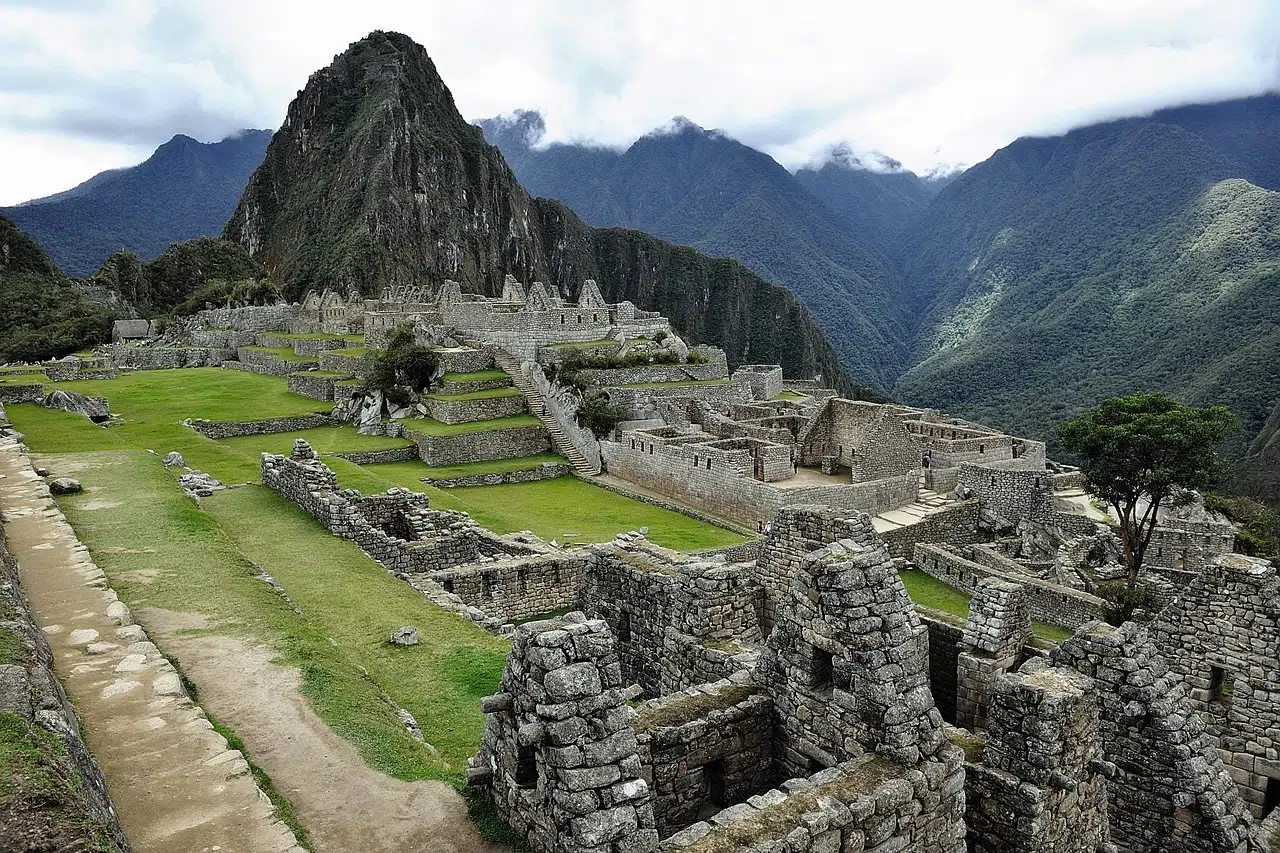Having trekked the Salkantay Trail myself—through snow, rain, and blazing sun—I learned the hard way that packing right can make or break your journey. This isn’t just another generic list; it’s a battle-tested guide based on my own mishaps and victories, combined with expert insights from top-rated sources. Whether you’re braving the 5-day classic route or a shorter version, here’s everything you need to pack for comfort, safety, and pure enjoyment.
Table of Contents
Why the Salkantay Trek Demands Smart Packing
The Salkantay Trek isn’t your average hike. Over 4–5 days, you’ll face:
- Extreme altitude shifts (from 4,600m at Salkantay Pass to humid jungle trails).
- Unpredictable weather (freezing nights, scorching sun, and sudden downpours).
- Rugged terrain (rocky ascents, river crossings, and uneven paths).
Packing wrong—like I did with breathable trainers in rainy season—means blisters, cold nights, or worse. Let’s fix that.

The Complete Salkantay Trek Packing List
1. Essential Documents
- Original passport (mandatory for Machu Picchu entry—check the name matches your ticket!).
- Cash (500+ soles)—ATMs vanish after Cusco, and you’ll need tips, snacks, or emergency ziplining.
- Travel insurance (verify it covers high-altitude trekking up to 4,600m).
2. Backpacks & Luggage
- Daypack (20–30L) for daily essentials (water, snacks, layers). Pro tip: Use an Osprey with a rain cover.
- Duffle bag (5–7kg max) for porters—pack sleeping bags, spare clothes, and camp gear here.
3. Clothing: Master the Layering System
Base Layers
- Merino wool/synthetic tops & leggings (2 sets). Cotton is a nightmare—it traps sweat and chills you.
Insulation
- Fleece jacket (Polartec 200 for balance).
- Down jacket (for sub-zero nights; North Face Nuptse is a winner).
Outer Shell
- Waterproof hardshell jacket & pants (Gore-Tex recommended).
- Plastic poncho—cheap but lifesaving in downpours.
Extras
- Convertible hiking pants (Craghoppers for versatility).
- Swimsuit for Santa Teresa hot springs.

4. Footwear: Blister-Free or Bust
- Waterproof hiking boots (broken in beforehand! Salomon or Scarpa are top picks).
- Camp sandals (Teva or flip-flops for post-hike relief).
- Hiking socks (5–6 pairs)—Smartwool or Bridgedale to wick moisture.
5. Sleep System
- Sleeping bag (-10°C rating)—down for warmth, synthetic for budget.
- Inflatable pillow (optional but neck-saving).
6. Gear & Accessories
- Trekking poles (adjustable, like Black Diamond)—knee savers on descents.
- Headlamp (Petzl) for pre-dawn hikes and camp chores.
- Sunglasses (UV400)—glare at altitude is brutal.
7. Health & Hygiene
- Sunscreen (SPF 50+) and lip balm—the Andean sun is deceptive.
- DEET insect repellent (30%+)—jungle bugs don’t play nice.
- Toilet paper & hand sanitizer—most camps lack both.
- First-aid kit: Blister pads, altitude pills (Diamox), and Imodium.
8. Electronics
- Power bank (20,000mAh)—no outlets until Aguas Calientes.
- Waterproof phone case—rain ruins more phones than drops.
The Salkantay Trek is an unforgettable adventure that takes you through some of Peru’s most stunning landscapes, from snow-capped mountains to lush jungles. But to fully enjoy this experience, you need to pack wisely. In this guide, we’ll provide you with the ultimate Salkantay Trek packing list, covering everything from essential gear to optional items that can make your trek more comfortable.

Why is Packing Right Important for the Salkantay Trek?
Packing the right items for the Salkantay Trek can make the difference between an enjoyable adventure and a challenging ordeal. The trek involves:
- Variable weather conditions: From freezing temperatures at high altitudes to warm, humid weather in the jungle.
- Long hiking days: You’ll be walking for 6-8 hours daily, so comfort is key.
- Basic accommodations: Most nights are spent camping, so you’ll need to bring your own gear or rent it.
With this in mind, let’s dive into the essential items you’ll need for the Salkantay Trek.
Salkantay Trek Packing List: Essentials
1. Clothing
- Base Layers: Moisture-wicking tops and bottoms for layering.
- Insulating Layers: Fleece or down jacket for cold nights.
- Waterproof Jacket and Pants: To protect against rain and wind.
- Hiking Pants and Shorts: Lightweight and quick-drying.
- Hiking Shirts: Long-sleeve and short-sleeve options.
- Warm Hat and Gloves: Essential for cold mornings and high altitudes.
- Sun Hat and Sunglasses: To protect against the strong Andean sun.
- Hiking Socks: Bring 4-5 pairs of moisture-wicking socks.
- Sandals or Camp Shoes: For relaxing at the campsite.
2. Gear
- Backpack: A 40-50 liter backpack for your belongings.
- Sleeping Bag: Rated for at least -10°C (14°F).
- Trekking Poles: Helpful for steep ascents and descents.
- Headlamp: With extra batteries for early mornings and nights.
- Water Bottles or Hydration System: At least 2 liters capacity.
- Dry Bags: To keep your belongings dry in case of rain.
- Duffel Bag: If you’re hiring a porter to carry your gear.
3. Personal Items
- Toiletries: Toothbrush, toothpaste, biodegradable soap, etc.
- Sunscreen and Lip Balm: High SPF to protect against UV rays.
- Insect Repellent: Especially for the jungle sections.
- First Aid Kit: Including blister treatment, pain relievers, and altitude sickness medication.
- Snacks: Energy bars, nuts, and chocolate for extra energy.
- Camera or Smartphone: To capture the stunning scenery.
- Cash: Small bills for tips and purchases along the way.
Optional Items for Extra Comfort
- Ear Plugs: For better sleep at campsites.
- Travel Pillow: To make sleeping in a tent more comfortable.
- Portable Charger: To keep your devices powered.
- Book or Journal: For downtime at campsites.
- Towel: Quick-drying and lightweight.
Tips for Packing Smart
- Layering is Key: The weather can change quickly, so pack layers you can easily add or remove.
- Pack Light: Only bring what you need to avoid carrying unnecessary weight.
- Test Your Gear: Make sure your boots, backpack, and sleeping bag are comfortable and functional before the trek.
- Use Packing Cubes: These can help you organize your backpack and save space.
- Share Items: If you’re traveling with a group, consider sharing items like a first aid kit or sunscreen.
Frequently Asked Questions About the Salkantay Trek Packing List
1. Can I rent gear for the Salkantay Trek?
Yes, many tour operators in Cusco offer gear rentals, including sleeping bags, trekking poles, and backpacks.
2. How much should my backpack weigh?
Aim for a backpack that weighs no more than 10-12 kg (22-26 lbs), including water.
3. What should I wear on the first day of the trek?
Wear comfortable hiking clothes and sturdy boots. Layer up for changing weather conditions.
4. Do I need to bring my own tent?
Most tour operators provide tents, but check with your provider to confirm.
Download Your Free Salkantay Trek Packing Checklist
To make packing even easier, we’ve created a free, printable Salkantay Trek packing checklist. Download it here and ensure you don’t forget any essentials!
Ready to Conquer the Salkantay Trek?
With this Salkantay Trek packing list, you’re well-prepared to tackle one of Peru’s most iconic adventures. Remember, packing smart is the first step to a successful trek. If you’re ready to book your journey, check out our exclusive Salkantay Trek packages for the best deals and expert guides.



